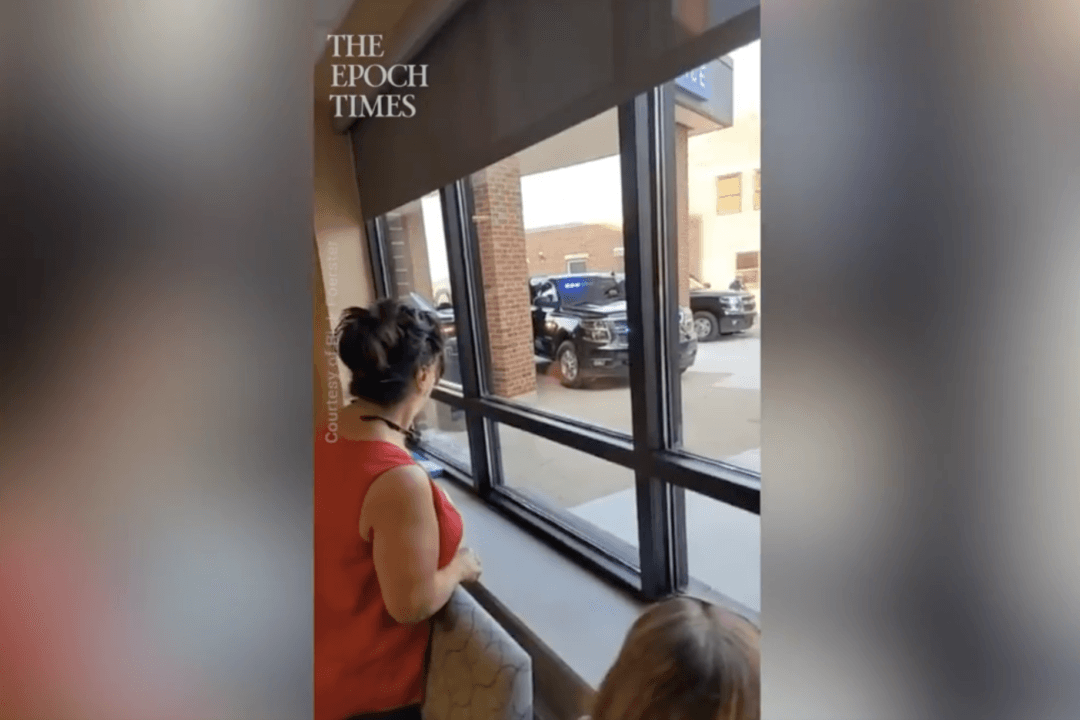Pennsylvania voters are invited to, for the first time, help the Pennsylvania Legislature draw new congressional district maps.
“The people of the Commonwealth, for the first time, will be able to give their input on how the seats are drawn,” Thomas said in a statement. “They will be able to make their suggestions in person at a series of hearings or online. In these divisive political times when many people have lost faith in their political systems, it’s critical that we open the system as much as possible.”
Benninghoff said that at both the state and federal levels, the House Republican Caucus has been committed to a process to draw new district lines in a way that preserves the ideal of one person, one vote. Districts are to have the same number of people across the country so U.S. House members are representing equal numbers of constituents.
“The coming slate of hearings, the publicly accessible website, and the ability for Pennsylvanians to submit their own maps and communities of interest clearly makes this effort the most transparent Congressional redistricting in Pennsylvania history,” Benninghoff said in a statement. “The work that will be put into this by the House State Government Committee shows our caucus’ commitment to a process-oriented approach that is reflective of the people’s voice.”
Congressional Districts are remapped once a decade, the year after the census, except in Pennsylvania, where the lines were unexpectedly redrawn in February 2018 under order of the Pennsylvania Supreme Court as part of a lawsuit brought by the League of Women Voters and individual voters. They complained Pennsylvania’s 2011-drawn congressional map was unfairly gerrymandered, fracturing counties and municipalities into many pieces to create districts with a minority of Democratic voters that would favor Republicans.
In addition to changing the map in time for the 2018 Congressional election, there was a failed effort at the time to change the way redistricting is done in Pennsylvania. Redistricting activists called for a citizen advisory board plus members of each party to draw the map as a team.
As it stands, leadership in the legislature’s majority party draws proposed congressional maps that become a bill to be passed by the state House and Senate and signed by the governor. In 2011, the map was passed in about a week by the then Republican-led legislature and governor.
Pennsylvania’s current Democratic Gov. Tom Wolf is likely to veto any map not to his liking. If the legislature and governor can’t get a map passed, it would ultimately go back to the Supreme Court. This gives Republicans incentive to draw an agreeable map said Patrick Beaty, legislative director for Fair Districts PA, a Democrat-leaning group that has advocated for revised districting laws.
“We are encouraged by the announcement that they will have a more transparent process this time. That is an improvement,” Beaty told The Epoch Times. “We are proposing these kinds of reforms are put into law for the future.”
Pennsylvania’s congressional map will be reduced from 18 to 17 districts, shrinking the state’s voice in the U.S. House by one seat in 2022. Since peaking at 36 seats in 1910, Pennsylvania has lost U.S. House seats after every census.





